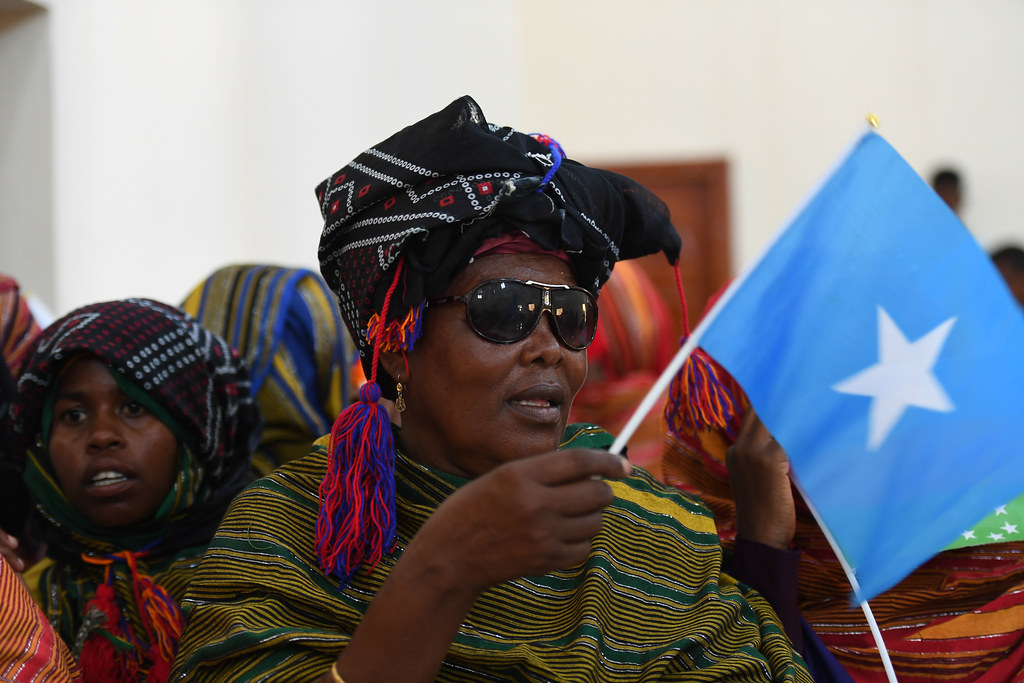How a spouse expresses their affections in a relationship differs greatly between cultures https://www.ncregister.com/blog/3-things-you-might-not-know-about-st-valentine, and how a spouse expresses their affections can be perceived by others in very different ways. Additionally, each culture has its own standards for how passion is viewed and expressed. Understanding these differences can be of particular importance for intercultural relationships, where miscommunications does frequently occur because of disparate communication practices and expectations.
The famous reserve,” The Five Love Languages”, suggests that there are five primary ways of expressing and receiving enjoy: Thoughts of Affirmation, Acts of service, Receiving Gifts, Physical Touch, and Quality Time. Some analyses have questioned the validity of this platform, but others have noted how simple it can be to help with understanding and avoiding misunderstandings.

Yet, the idea of like language is based on American customs dating canadian women that may not necessarily apply to different civilizations. For example, some Western cultures prioritize verbal expressions of love and may value phrases such as” I love you”. Some Eastern cultures, in contrast, does favor acts of love and more simple expressions of love, such as through thoughtful gifts or unequaled consideration.
In addition, the love languages framework does not include support for a partner’s autonomy and personal goals outside of the relationship, factors that are often associated with happiness in long- term romantic partnerships ( e. g., Knee et al., 2013 ). This model could be expanded to include more culturally relevant concepts of love in a multinational earth while still maintaining its fundamental five-fold structure.